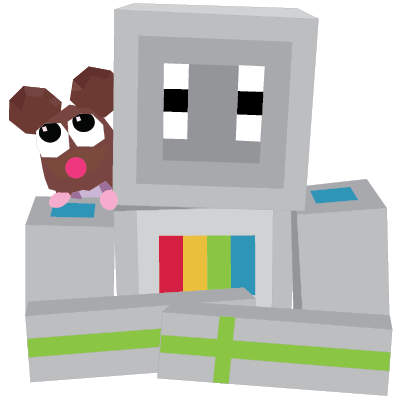Jesus Huerta, a passionate advocate for STEAM education, was searching for reliable, engaging technology to expand hands-on learning opportunities in his 5th-grade classroom. Already equipped with 3D printers and robotics tools, Jesus wanted to add a resource that could introduce physical coding while sparking creativity, curiosity, and collaboration.
CASE STUDY
Bringing Physical Computing to Life in the Classroom
THE CHALLENGE
THE SOLUTION
THE IMPACT
THE EXPERIENCE
Initially, Jesus introduced Piper in small groups of 4–5 students per kit over a few days. After initial assembly and the first coding challenges, Piper became part of his choice stations alongside drawing, reading, digital music design, and 3D modeling. Students could choose Piper whenever they wanted during station time.
Peer & Teacher Feedback
- A fellow teacher who attended Jesus’s Piper training later used the kits in summer school and reported great success, even without prior coding experience.
- The collaborative nature of the kits helped students work through language barriers by translating for each other and sharing problem-solving strategies.
Unexpected Benefits
- Students who didn’t connect with other coding tools became engaged through the Minecraft-themed environment.
- The experience eased the transition to using Minecraft themes for other lessons.




